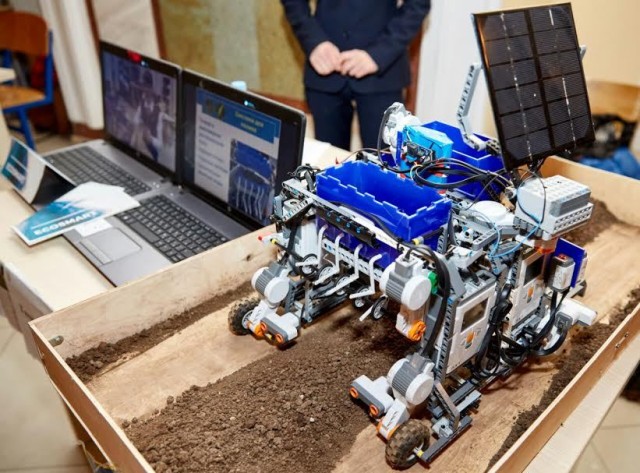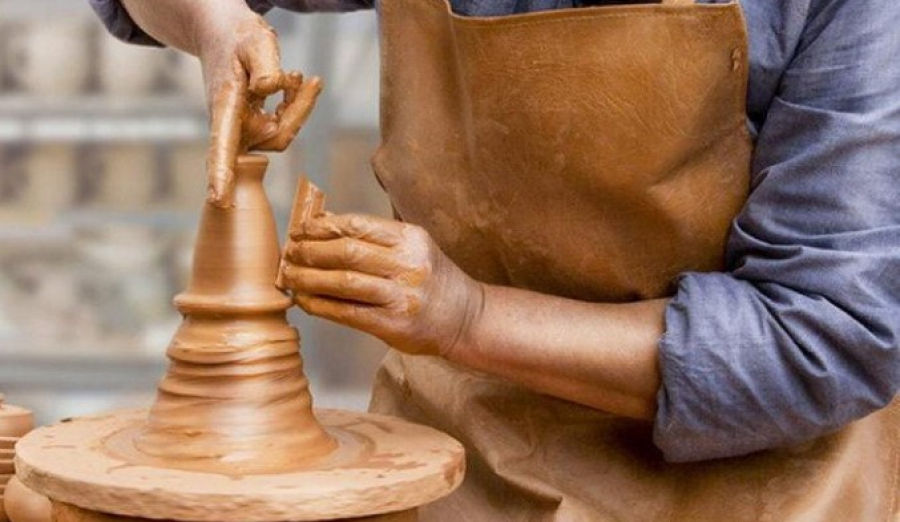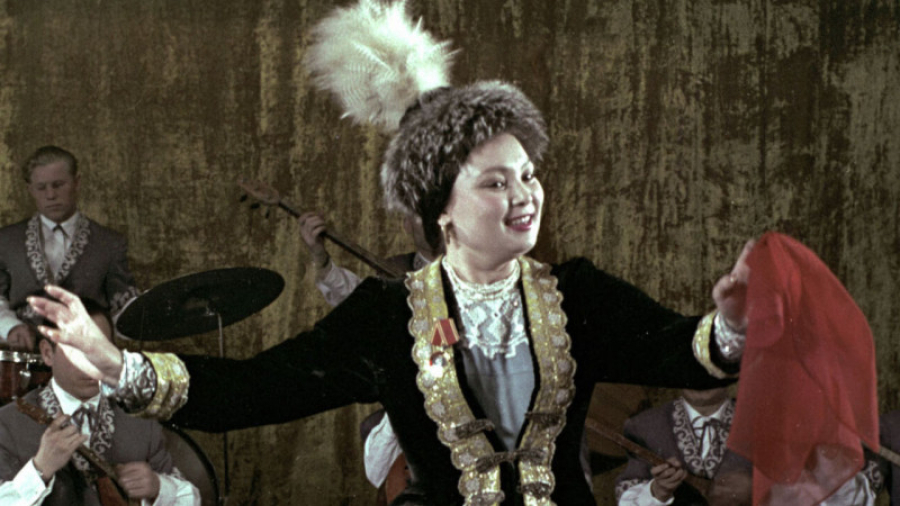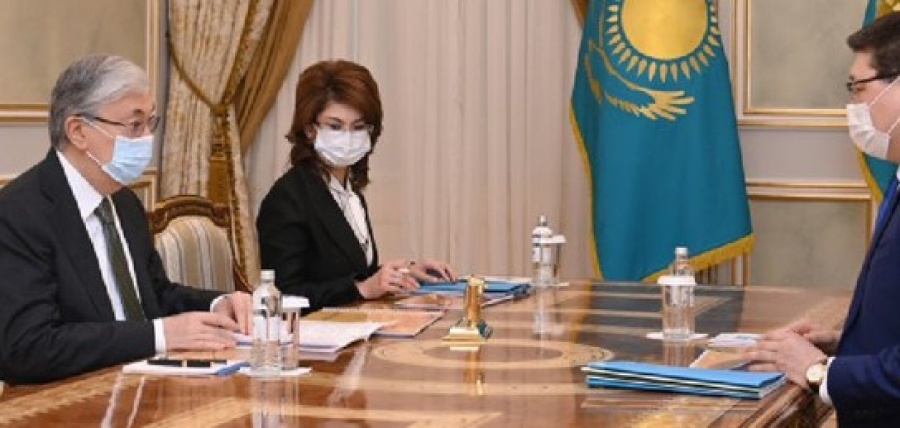
Archaeologists have discovered the remains of a female warrior in the southern Kazakhstan. Scientists suggest that a noble woman had lived during the period between the 11th century B.C. and 4th century AD. Probably, she led a group of nomads, which lived on the territory of modern Kazakhstan. Scientists say that for the first time they have found a female burial with full armament. There is a bow, rare arrowheads and a dagger. During the excavations, glass beads with underglaze gold, jet gilded beads and bronze jewelry were found as well. According to professor Alexander Podushkin, skeleton has been laying in the ground at least for 17 centuries, but it was well preserved.
“The mound is 22-25 meters in diameter. The size of the mound also determines the status of a person. That means that she was a noble woman, who was probably the leader of a certain group, not a large circle of nomads. The territory of South Kazakhstan is not considered an ethnic territory of the Sarmatians. However, our materials confirm that this group of the ancient population, the Sarmatian group, they are also called Asian Sarmatians, lived on the territory of South Kazakhstan. This is an important scientifically credible information,” Alexander Podushkin, professor of the South Kazakhstan State Pedagogical University, said.
In the next mound, archaeologists discovered another burial of a woman. Historians were more curious about her personal stuffs - a bronze mirror and a pincushion.
“A mirror is like a person's personification. People broke it and put it into a grave. It was some kind of ritual,” the student Yekaterina Asadcheva shared.
A 2,000-year-old stove also arouse great interest. A ceramic tablet with inscribed writing was found at the site of Kultobe town. This is the 26th found fragment. According to the archaeologists, findings indicate a high level of civilization of the ancient nomadic people. Artifacts will be transferred to the National Museum of Kazakhstan. The territory, where the study was conducted, will be returned to its original state. A historical landscape will be restored.
Translation by Aliya Kulmagambetova
Editing by Saule Mukhamejanova









